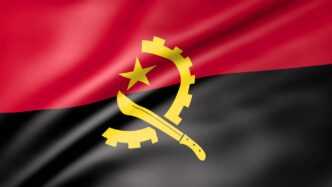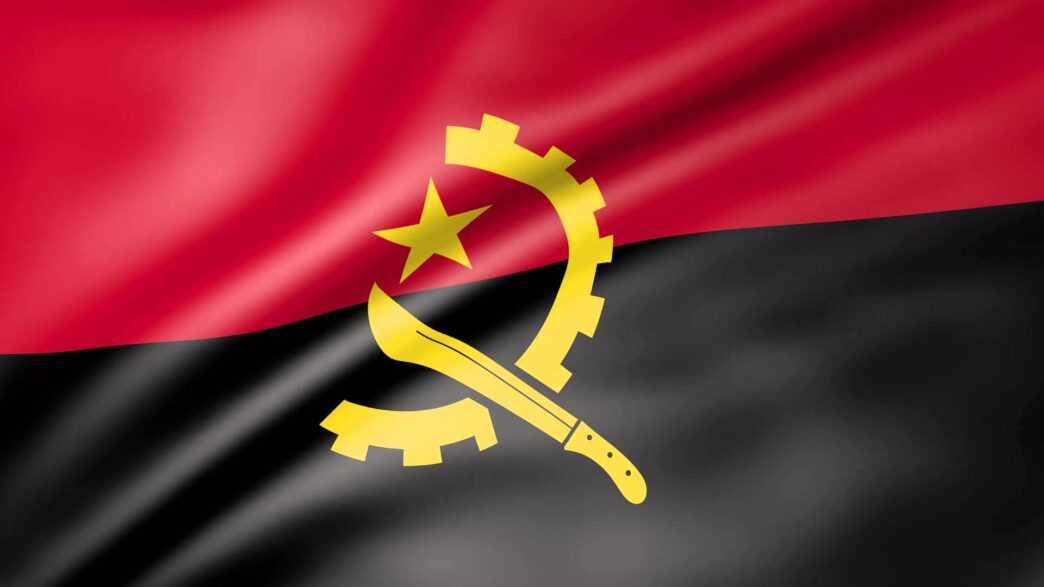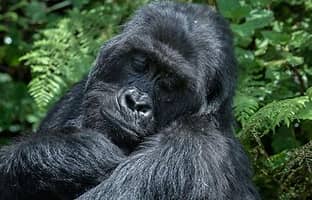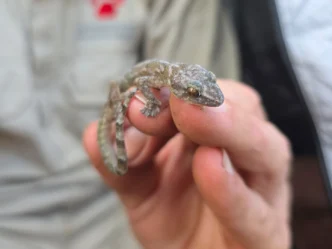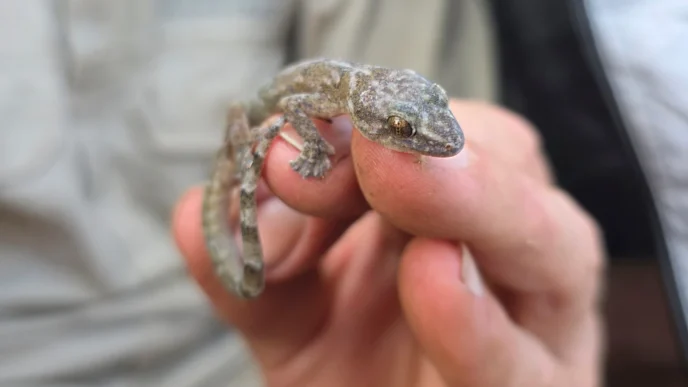Most people may associate Angola with post-colonial history or oil wealth. But beneath the news headlines is a nation full of undiscovered natural wonders, mystery, and culture. Angola is a land of surprising contrasts, from majestic waterfalls and rare wildlife to ancient kingdoms and vibrant musical traditions. Today, we uncover and explore some lesser-known but fascinating facts that reveal the hidden gem of this Southern African nation.
West African Kingdom of Kongo.

Angola as well as some other African countries like DRC Congo and some parts of Gabon were all once part of a majestic 14th century Kingdom known as West African Kingdom of Kongo.
Africa’s Richest Woman.

Isabel dos Santos is a businesswoman from Angola, Africa’s Richest woman with a net worth and fortune of over 2.2 billion dollars. She is the daughter of Former Angolan president Jose Eduardo dos Santos.
The Giant Sable Antelope
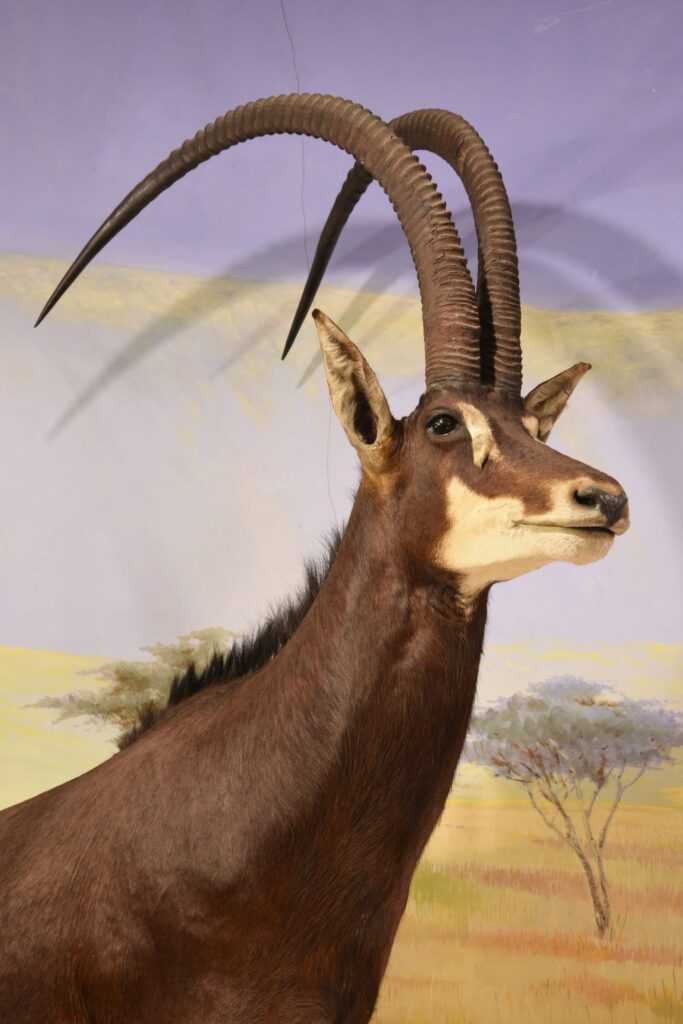
The giant sable antelope, which was thought to be extinct in 1982 and rediscovered in 2006, is native to the nation of Angola. Although it is still endangered, it is widely considered a national treasure.
Kalandula Waterfalls
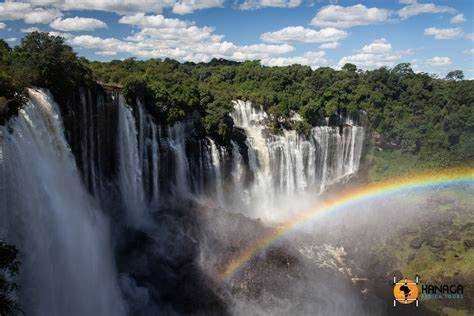
Angola is home to Africa’s Largest waterfall, known as the Kalandula Waterfall, which is 105m high and 400 m wide. Despite its grandeur, it’s relatively unknown compared to other African waterfalls.
Young Population
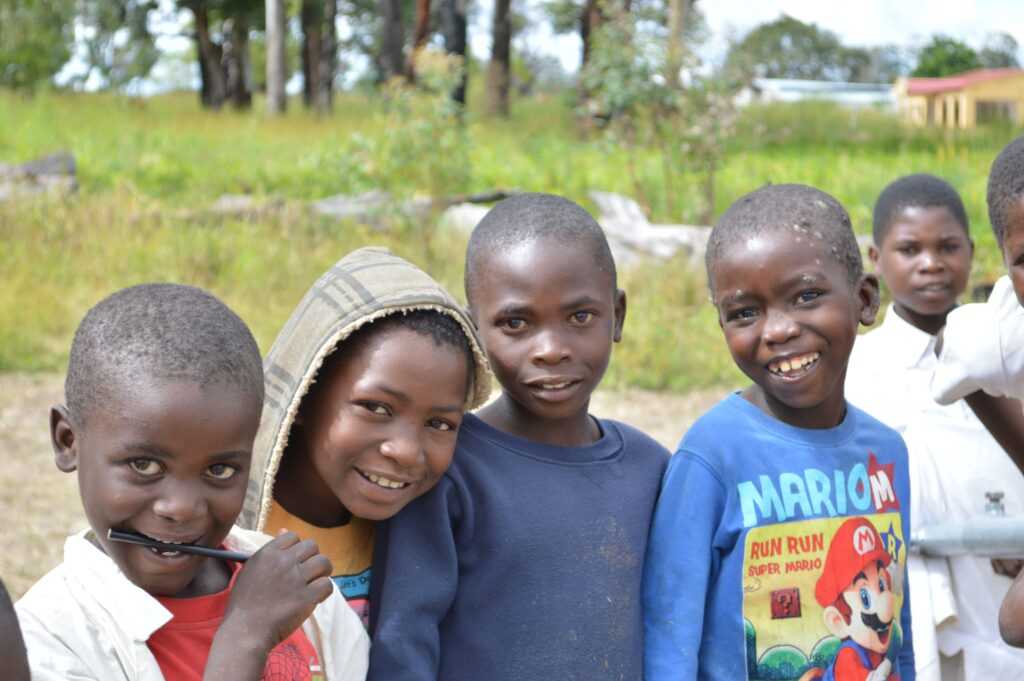
Angola has one of the world’s youngest populations, with a median age of 15.9, only outranked by Niger and Uganda.
M’banza-Kongo: A UNESCO World Heritage Site
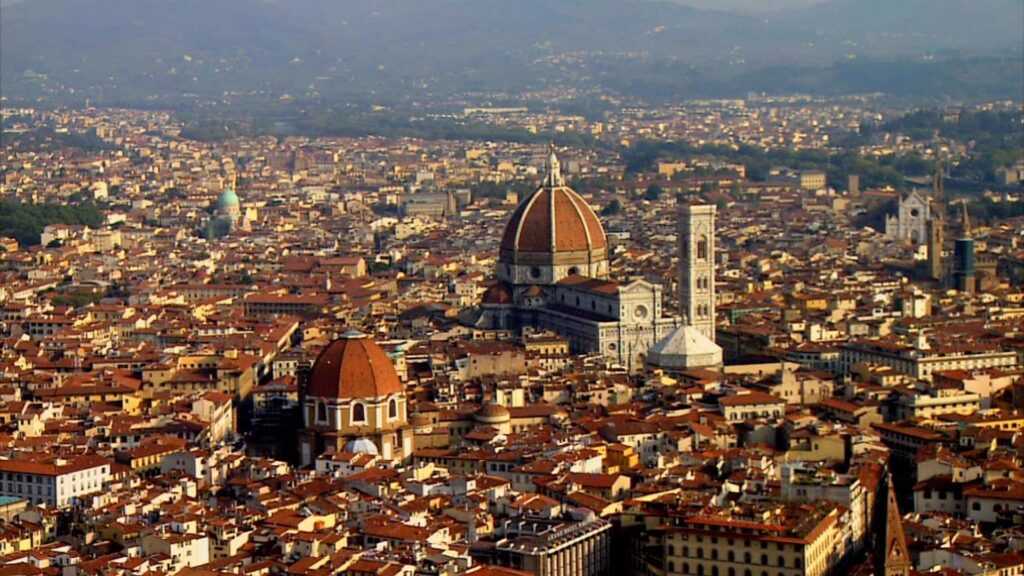
M’banza-Kongo, once the capital of the Kingdom of Kongo, is now a UNESCO World Heritage Site. It holds significant historical and cultural importance, reflecting the rich heritage of pre-colonial African civilizations.
Tundavala Gap: A Geological Marvel
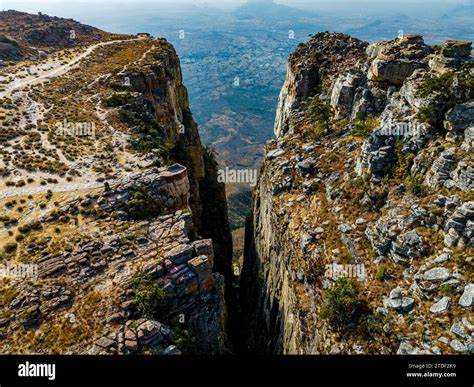
The Tundavala Gap, near Lubango, offers breathtaking views from a cliff that drops over 1,000 meters. It’s considered one of Angola’s natural wonders and is a popular spot for tourists seeking panoramic vistas.
Kizomba: A Dance of Unity

Kizomba, a dance and music genre that originated in Angola, blends African rhythms with Caribbean influences. Emerging in the late 1970s, it became a symbol of unity and resistance during the civil war and has since gained international popularity.
Baobab Trees: Nature’s Upside-Down Giants
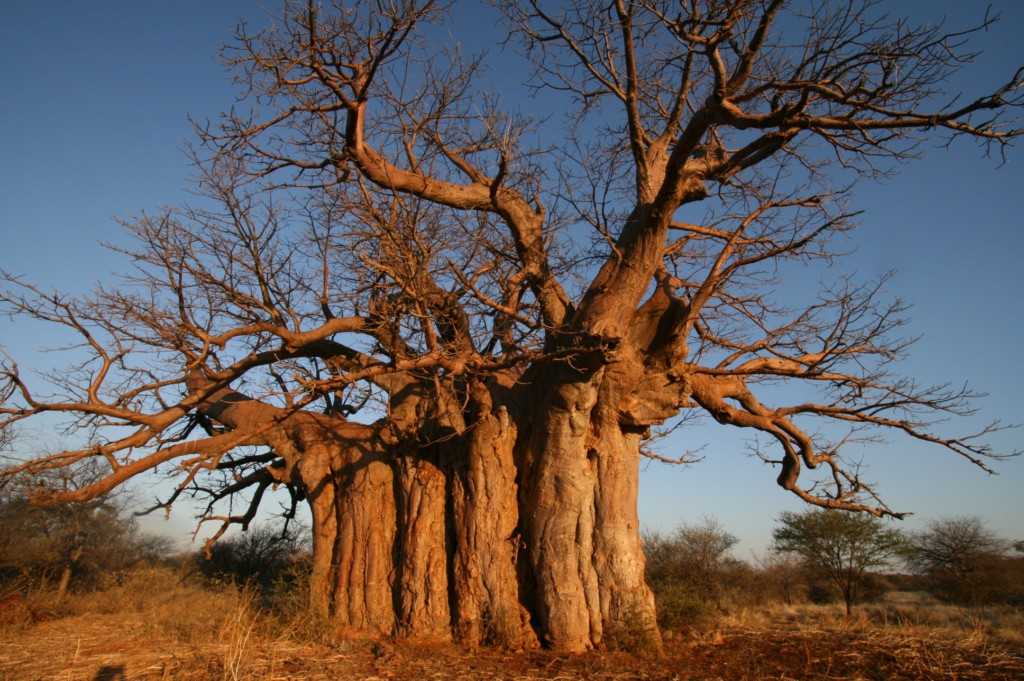
The baobab tree, known locally as ‘imbondeiro,’ is prevalent in Angola. These trees appear as if planted upside down, with their roots reaching skyward, and are integral to local ecosystems and cultures.
Angola is a place where long-standing customs, undiscovered natural beauty, and cultural depth combine to produce something genuinely unique. It is more than just a nation distinguished by its natural resources and recent history. These little-known facts only provide a little window into the soul of a country that is still evolving while respecting its history. Angola urges the world to look past its outward appearance and discover its inner wealth as it boldly faces the future. Angola has tales worth learning, regardless of your interests, travel, culture, or curiosity.
